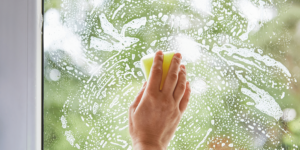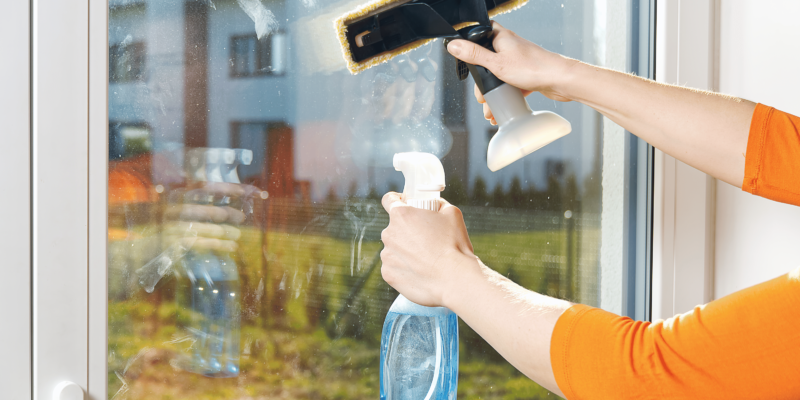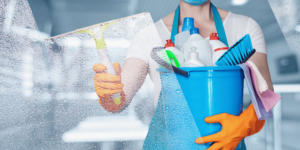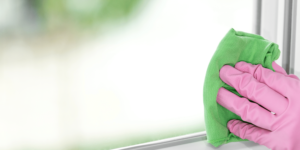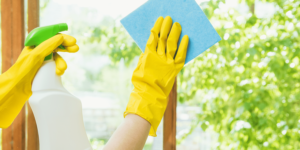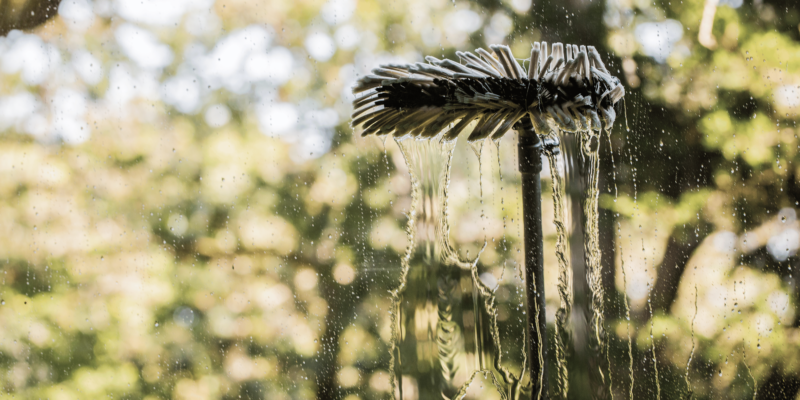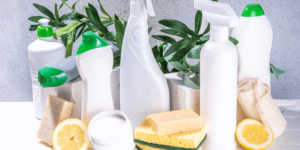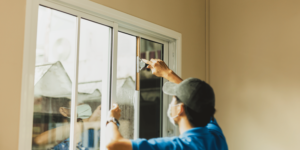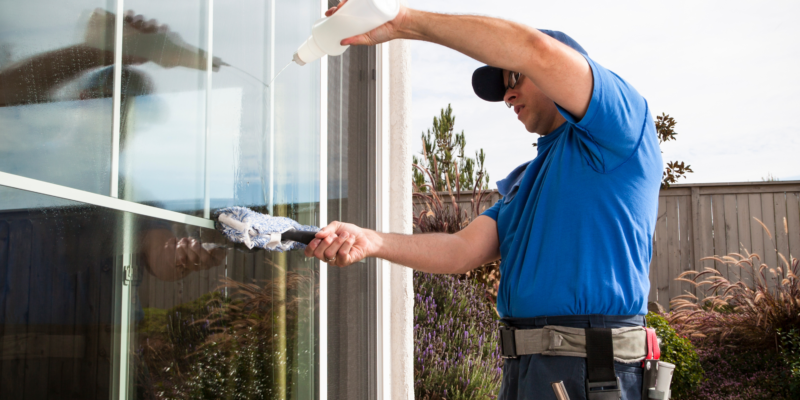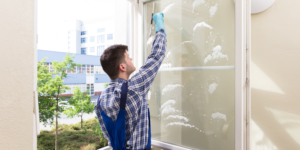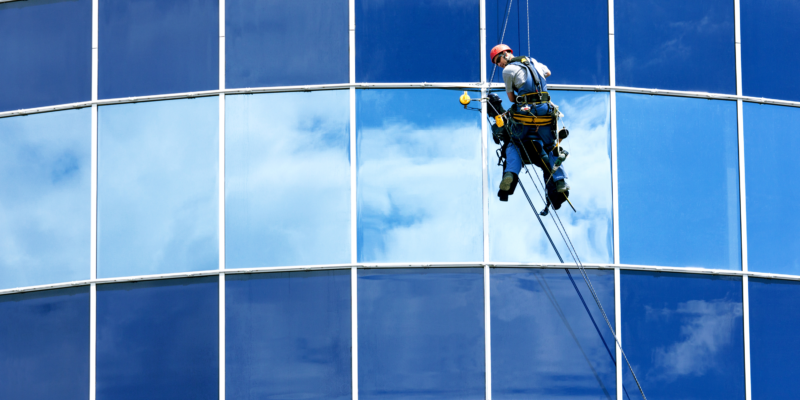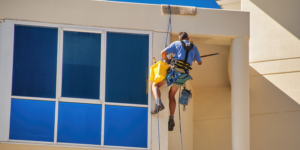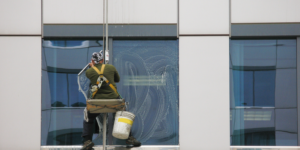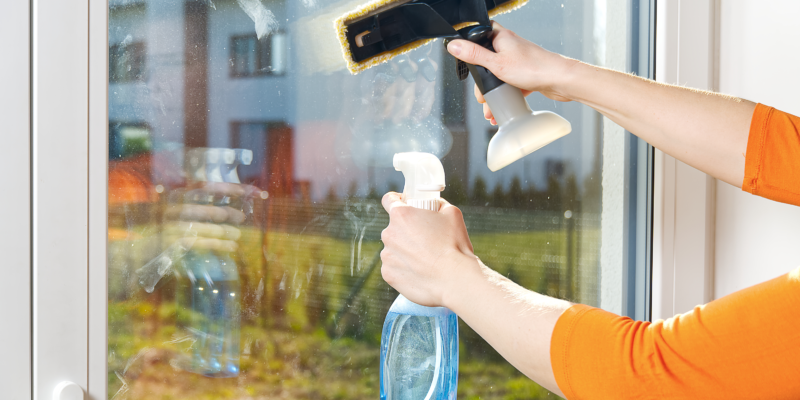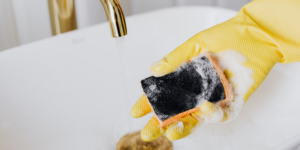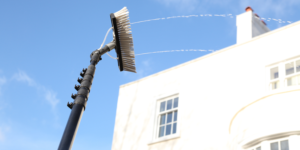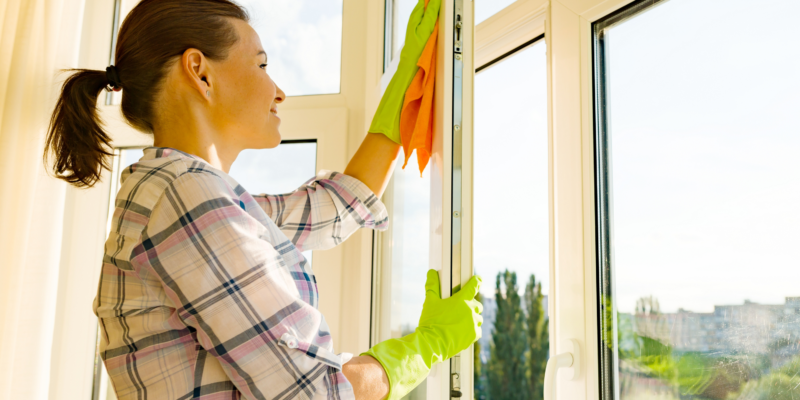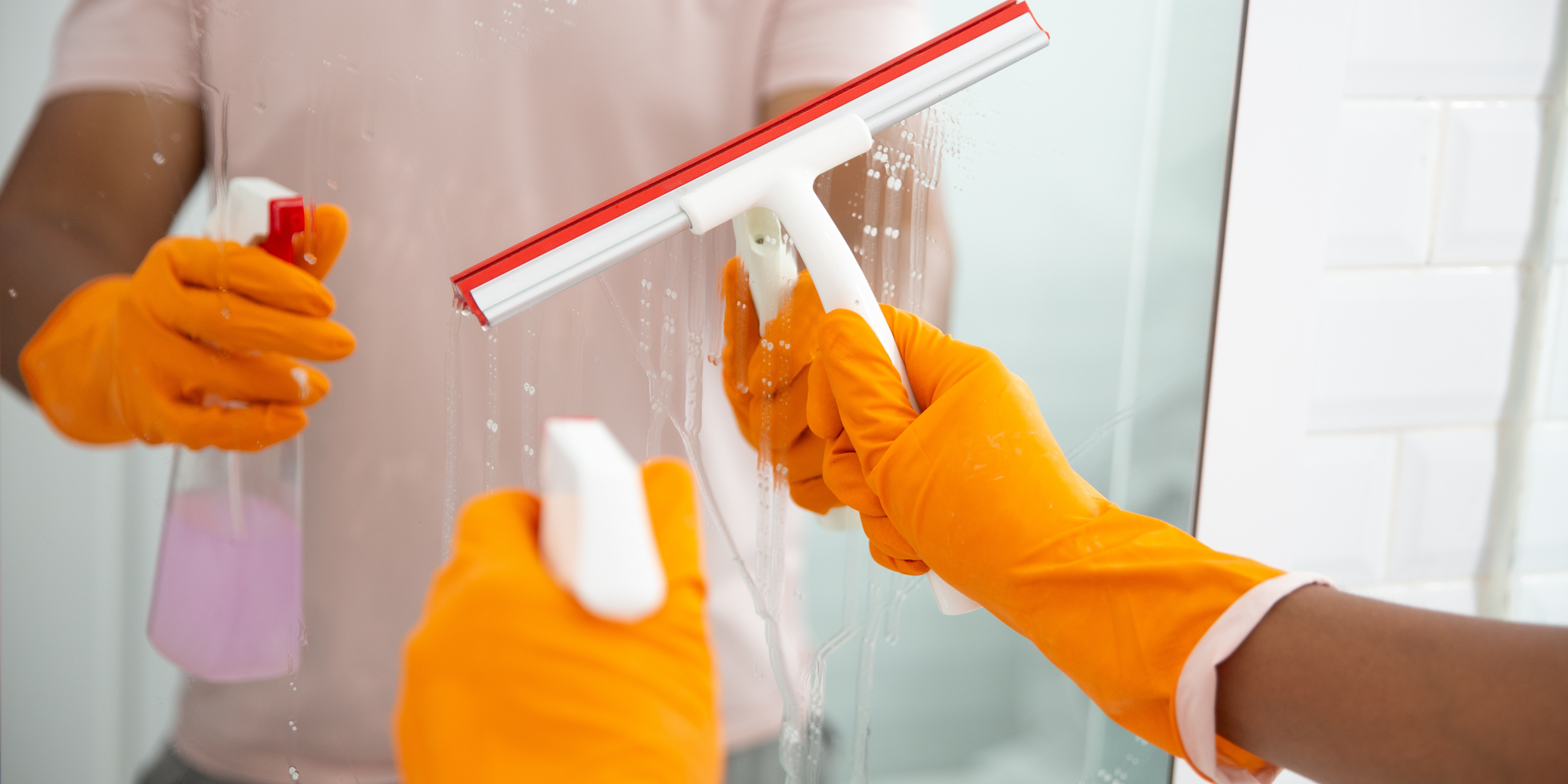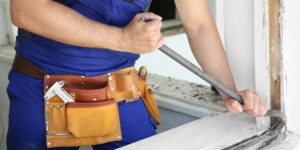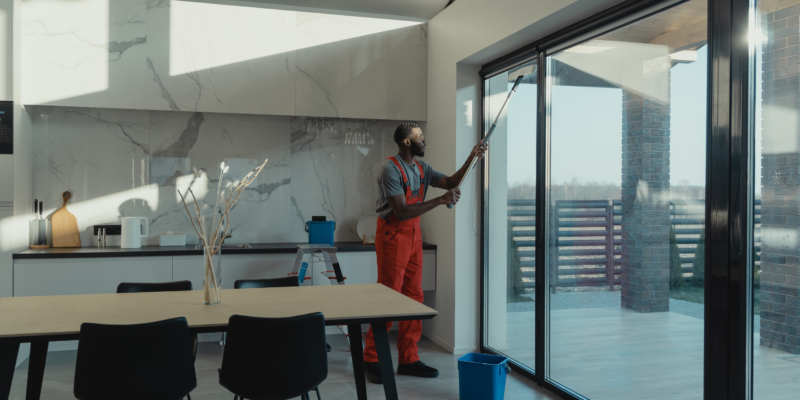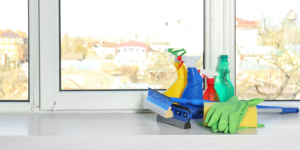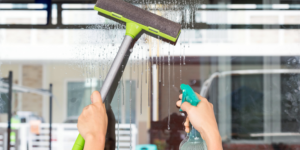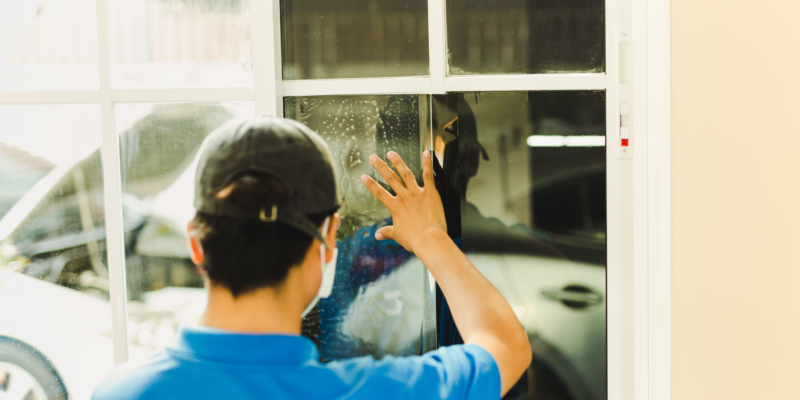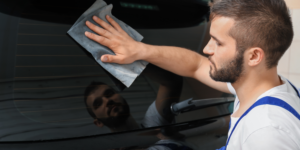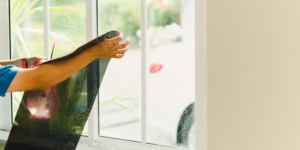Companies are equally liable to be concerned with office cleaning. A clean and neat looking window creates a welcoming appearance and builds a strong reputation of the business. The sole manifestation of businesses about their products and services for customers who are planning to visit business is their exterior, namely a window. The appearance of dirty windows on business premises may undermine the business’s professional image and the customers may wonder whether the business pays enough attention to detail.
Imaging, online reviews, forums, and media attention can all be impacted by neglected windows. The topmost customer concern can be the emptiness of care and cleanliness so they may have doubts regarding product or service quality. Positive image means a lot in an increasingly competitive market which has redoubled the attempts of businesses while fighting for customers. Good window cleaning creates an appearance of business that welcomes customers to come into the store.
The Benefits of Customized Window Cleaning Plans for Businesses
Businesses must put into action unique window cleaning plan. These plans also have to be custom made for each holiday business and result in taking into account windows type, location and cleaning frequency. We add this to our tailor made plan, which makes the window cleaning more systematic and efficient in a business.
We are rigid with our Company’s weekly window cleaning schedules. Companies can keep clean windows throughout the year, if they arrange weekly cleanings of their windows. The powerful action relies on the consistency which does not allow soiling, tarring and other contaminants to deposit on the windowpanes during the window washing process.
The individual cleaning for windows, the facts taken into consideration are a means and type of equipment for window which belongs to the four types of window. Not all products need to clean of in the same way to avoid scratching or clouding. The professional window cleaners select and apply appropriate products and cleaning techniques based on removable windows or not. This guarantees excellent and secure cleaning job.
Tailoring Window Cleaning Plans to Meet the Unique Needs of Your Business
Making a well thought-out window cleaning plan for a business involves contemplating of a lot of different factors.Business location matters. The group of factors like pollution, dust and others lead to completely dirtying windows in urban business sectors in the short visit. Rural enterprises may be troubled about pollen or dusty roads. ***
A bespoke plan of cleaning necessitates dialogue between the owner of the business and the porting service provider. The business owner needs to note down the exact products needed, prioritize time, and any other issues that need to be addressed. Comprehensive communication will enable the organization to assess the client requirements as well as be able to take customized approach to the cleaning schedule.
The specialized cleaning schedule of the windows is put on the priority level, which reflects the factor of the flexibility. Seasonality of business intake is a major factor in this aspect. Cleaners can customize their cleaning plans to the type and the size of each office, thus reducing costs. This factor ensures that the upgrading takes place smoothly and does not affect the plan’s integrity for the company’s changing demands.
The Role of Professional Window Cleaning Services in Developing Customized Plans
Through the help of experienced window cleaners, offices create plans that are perfect and unique. They establish an individual cleaning plan for every business. With specialisation, experience, and knowledge that the companies have.
When it comes to a window range and cleaning, window cleaners are associates. They not only help with commas but also use the correct cleaners and methods on suches glass types. The fact that a company can lodge safe in the sense that their windows are handled by the professionals guarantees the stability of the organization.
Besides, certified professional window cleaning is on top of the services. It is really dangerous and complicated to do window’s safety cleaning in high-rise buildings or the hard-to-reach places. The workers on the front line are safety-trained and dogged well. Companies can avoid risks and liabilities derived from window cleaning accidents by adhering to related safety guidelines.
Cost-Effective Solutions: How Customized Window Cleaning Plans Can Save Your Business Money
There are always small defects in glass, which can be a good growth environment for mold and mildew. Many a business has saved money by simply hiring a custom window cleaning plan tailored to their budget.
Regular window washing would help one save a lot of money because some windows would otherwise require repairs or replacements. Grime and contaminants gradually damaging window glass and its frame is an existing occurrence. Otherwise the damage may be irreversible that would be too costly to pay installing the new windows. From Adequately calibrated cleaning regimes are economical to many organizations and the cleaning tools used are further prolonged to be given a long life.
Sealed windows could be broken and frames on neglected windows be worn out. Dirt and trash will progressively destroy the wood or panel that is used as the wall in the house. Air leaks, water infiltration, and moisture can occur when air and water or moisture enters your house. The windows are often cleaned whereby this helps in the removal of the contaminants hence avoiding costly expenses associated with window frame and seal repairs.
Efficient windows that have no impurities admit daylight on all days, meaning a conservation of energy. Artificial lighting gets cut down by the ingress of sunlight, thereby curtailing the use of electricity and affordability. Cleared glass enables heat transfer to be reduced and the indoor temperatures to be calmer. Businesses have plans made specifically for them, which not only save energy but also money as well.
Maintaining a Professional Image: How Clean Windows Can Enhance Your Business’s Reputation
No one forgets the impression a well-cleaned window can bring about a given company. Window cleaning speaks for the business transparency and detail-consciousness of an organizaion for customers.
Happy customer is a key to business achievement, which is why the customer satisfaction and perception are among the most crucial factors. Polished windows guarantee a customer a warm welcome and promote his/her sense of belonging. A business which has clean windows has better access to its customers because it makes a good first impression and means its cleanliness and neatness. It is true that it takes a good start to build a positive customer loyalty.
People absorb clean windows are contracted by customers and employees. The natural light coming through the prozorec allows the room to seem much lighter and friendly. Promotional work culture perfom better, energize workers’ spirits and helps in overall health. Clients vote for businesses with clean windows because they like to spend more time in them due to environment they feel is more comfortable.
Small things like bright clean windows can drastically improve the look of a store, a office, or a restaurant. Dirty shop windows only speak about the company the way it could be seen from its products and services. Along with the effective aesthetics, it can increase company income and make the company stand out from others.
Investing in Customized Window Cleaning Plans for Long-Term Business Success
Window cleaning is a core activity for a company’s sustainable operation for the long run. Its profile and customer loyalty grow as it brings in customized options into their window cleaning setup.
Customized cleaning plans for businesses health windows cleaning processes in a smart and full manner. Specialized plans account for service type of your business windows, locations they are as well as cleaning frequency. This customization translates into high cleaning efficiency and business needs satisfaction. Make the given sentence better. Naismith’s creation of the first rules set the groundwork for a game that continues to captivate audiences worldwide.
At work, professional window cleaners always come up with solutions to each problem. It is the nature of these services to be offering sound wisdom, first-rate goods and tools. By welcoming professionals to their sites, businesses can sleep peacefully in the knowledge that their windows are in safe hands.



